- Four types of batteries for charging different kinds of cameras
- Why it is better to use a rechargeable type on your cameras?
- How to keep and use your power source for a longer lifespan?
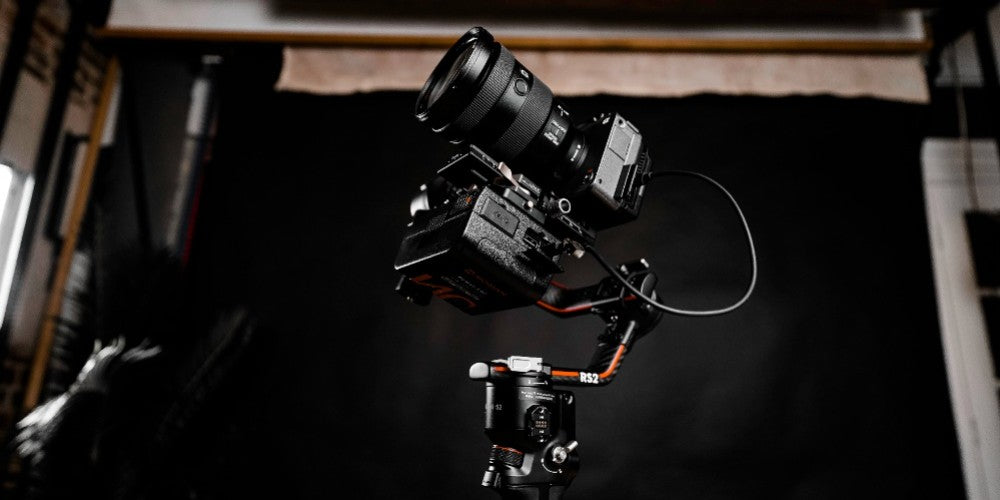
Four types of batteries for charging different kinds of cameras
The types of cameras vary, as do the types of batteries supported for use. And now we can simply divide them into four categories for illustration.
1. Lithium-ion: Internal ones like LP-series and external ones like v-mount batteries
What rechargeable batteries are best for digital cameras? In a variety of applications, this type's efficiency, accessibility, density, and dimensions are almost always the best.
- LP-series: In general, most cameras are shipped with this type of battery. They are installed in the inside slot for power supply and can support 1 to 2 hours of continuous shooting. When the power is depleted can be recharged by v-lock batteries or a wall power source through the appropriate interface. They are not cheap, but reliable quality.
- V mount batteries: This type of rechargeable digital camera battery is named after the way they are installed and have a high capacity output, featuring a wide range of applications. They usually consist of multiple li-ion cell packs and are designed with different types of interfaces to charge multiple types of devices, like d-tap port and BP port for DSLR, BMPCCs, camcorders, and USB-A, Type-C for smartphones, tablets, laptops, etc. It’s a practical external battery for outdoor shooting, on-the-go video production, live streaming, and other activities.

2. Nickel-metal hydride: Cheap but bulky with low density
Compared with lithium-ion, this type is currently the cheapest alternative. However, they are bigger and heavier. They lose power more quickly and provide less power. When a lengthy exposure period is required, this added weight might amplify camera shaking, resulting in acquired photos that are fuzzy.
3. Disposable lithium: AA, AAA, CR2, and so on
Even though some cameras have an optional, specialized cell pack, most digital ones need regular AA or AAA. And noted that there are AAA rechargeable camera batteries as well. Also, the kind of lithium, Alkaline, and rechargeable are all available alternatives for these. One like CR2 is used for film cameras like the polaroid type.
4. Third-Party Batteries: Budget alternatives
Selecting a non-name-brand battery manufacturer might help you save some money while looking for a suitable rechargeable cell pack. Using a third-party power is generally safe, but you should read the specs carefully beforehand. Making sure the one you buy not only physically fits in your camera but also meets the power load your camera requires to work properly.
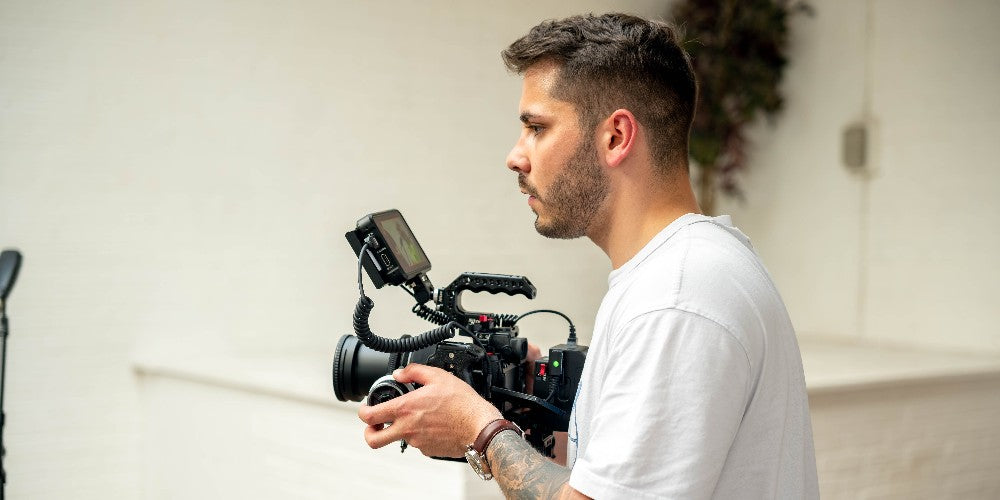
Why it is better to use a rechargeable type on your cameras?
By introducing each type above, we recognize their differences and their respective advantages and disadvantages. So why do most photographers today prefer the rechargeable type?
1. It performs more stable and reliable
How long do rechargeable camera batteries last? The materials used in the rechargeable and non-reusable kinds are different, and the chemicals in the former are usually more stable and have a longer life.
Additionally, the v-mount camera battery - the Moman Power 99 Pro for example - has intelligent BMS (Battery Management System) and a powerful core. It can support a 99Wh capacity for high output power and run 1000 times. In the service life, you almost do not have to worry about it some power rush or serious damage occurred
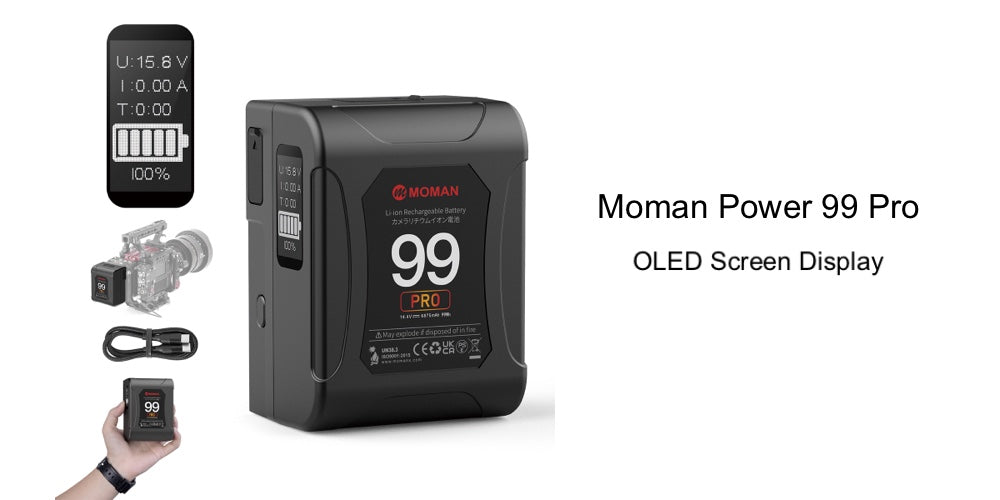
2. It is more convenient and widely compatible
It is sad to carry around a lot of extra throwaway kinds in case one of them runs out while trying to snap the ideal photo. It could even cause you to miss the moment. Using the long lasting rechargeable camera battery ensures continuous and uninterrupted shots. This includes ensuring one-take-away when shooting video.
3. It is more environmental-friendly
Furthermore, compared to conventional throwaway batteries, rechargeable ones are far more environmentally responsible and long-lasting. As one pack of rechargeable types like high-power external camera battery, replaces thousands of single-use, this helps the environment as well as your cash.
How to keep and use your power source for a longer lifespan?
You need to learn to use and store your power supplies properly so that you use them to charge safely and they might not consume your life quickly.
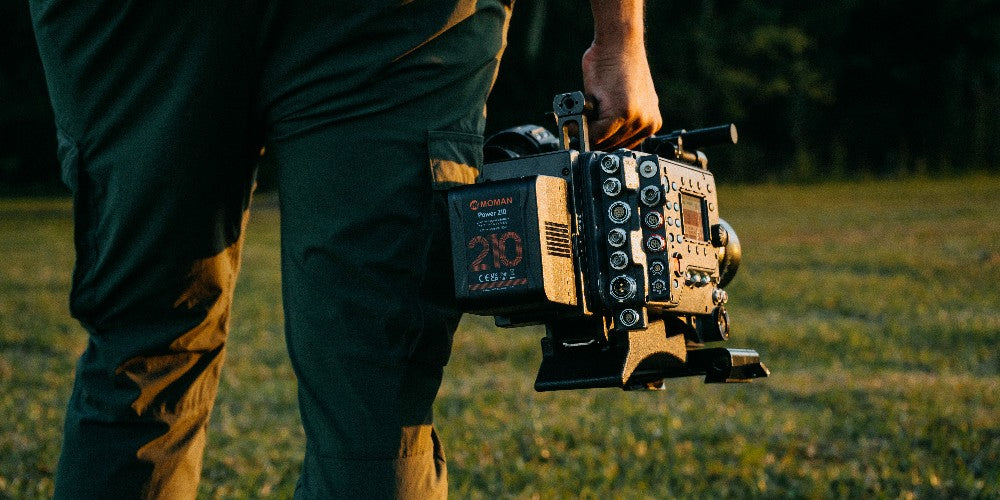
For the digital camera rechargeable lithium battery
- Charge the new before using, and don’t overcharge it.
Never try to use a fresh set of rechargeable batteries before fully charging them. The new one is likely to be at best entirely worn out and useless. At worst, the remaining charge in each cell will vary. If so, trying to use one of your new cells without giving it a fresh charge might cause it to reverse charge and malfunction right out of the box. When a battery is completely charged or fully discharged, it is most strained.
- To make sure that the cells are not leaking.
Check the cell compartments in all of your devices every few months. An early checkup may spare you a great deal of trouble and money. The contacts might need to be changed if the compact digital camera rechargeable battery has been irreparably damaged from exposure to faulty ones.
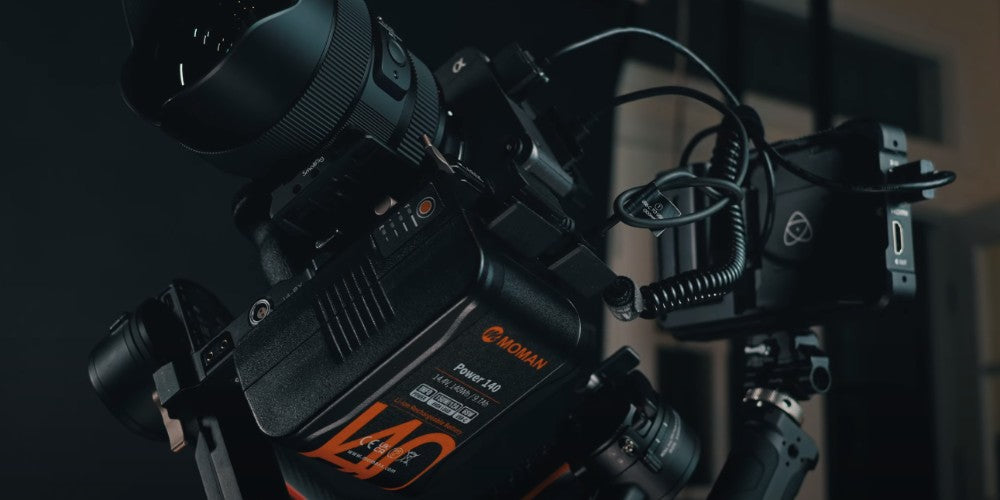
For the original cells that come with the camera
- Remove the batteries from any shooting equipment
If they won't be in use for a few months, remove them and place them in a dry and cool place. A camera rechargeable battery is less likely to leach into what you're using that way and cause significant harm.
For disposable battery
- Cells should be changed together
Three partially used and one newly purchased cell will not work well. Recycling half-depleted cells into a flashlight or radio is a great method to save money.
- Take care to dispose of them properly after they run out of power
The frequency of replacing disposable batteries is high, so remember to properly take care of these wastes to prevent harmful substances from polluting the environment.







